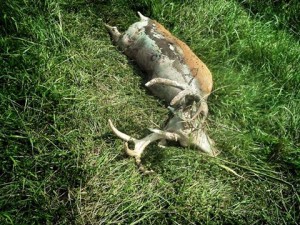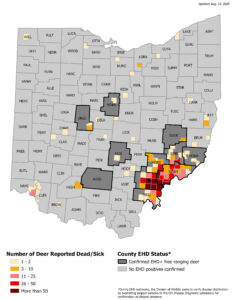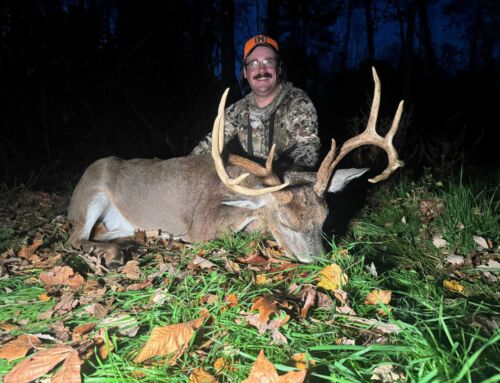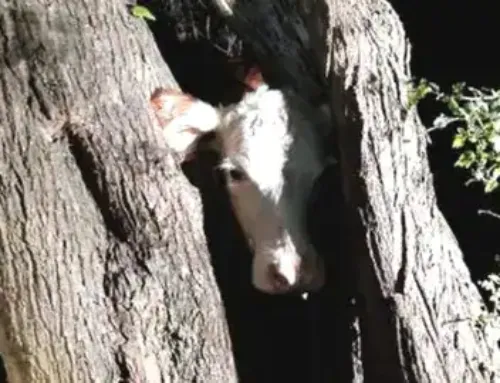 Ohio is seeing significant EHD outbreaks of Epizootic Hemorrhagic Disease (EHD), with confirmed cases and reports of dead or sick deer across multiple counties. The 2025 outbreaks are linked to ongoing drought conditions in Ohio, which favor midge proliferation and drive deer to congregate near water sources, increasing transmission.
Ohio is seeing significant EHD outbreaks of Epizootic Hemorrhagic Disease (EHD), with confirmed cases and reports of dead or sick deer across multiple counties. The 2025 outbreaks are linked to ongoing drought conditions in Ohio, which favor midge proliferation and drive deer to congregate near water sources, increasing transmission.
Confirmed EHD cases in 2025 include Athens, Washington, Union, Morrow, Fairfield, Guernsey, and Meigs counties, with Athens and Washington reporting the highest number of cases (over 50 reports near the Pennsylvania border). Additional counties with suspected cases include Brown, Highland, Hocking, Morgan, Noble, and Monroe. Franklin County also experienced significant EHD mortality, impacting deer harvests. In Coolville (Athens County), residents reported up to 15 dead deer since mid-July, earlier than the typical August onset. Notably, these deer were found on ridge tops and fields, not near water, which is atypical for EHD-related deaths.
Impact on Ohio’s Deer Population: EHD can cause high mortality in localized areas, especially in Midwest populations with little resistance. For example, in 2024, over 1,000 dead or sick deer were reported in Defiance and Paulding counties alone, indicating severe local impacts. Deer populations typically rebound within a few years
Hunting Implications: EHD-related deer deaths may affect local hunting seasons, as seen in Franklin County last year, where the 2024–25 deer harvest (638 deer) was well below the three-year average (808). Some hunters, like those in northwest Ohio, have called for reduced hunting quotas to allow populations to recover.
The Ohio Division of Wildlife urges residents to report sick or dead deer to track outbreaks via their wildlife reporting system (or by calling 1-800-WILDLIFE).
About Epizootic Hemorrhagic Disease: EHD is a viral disease primarily affecting white-tailed deer, caused by the Epizootic Hemorrhagic Disease virus (EHDV), an Orbivirus transmitted by biting midges, commonly known as “no-see-ums.” It’s not contagious between deer and poses no threat to humans or pets. Infected deer show symptoms about 4–10 days after infection, including lethargy, disorientation, loss of fear of humans, swelling of the head, neck, tongue, or eyelids, respiratory distress, and fever. Infected deer often die within 36 hours of symptom onset and are frequently found near water due to fever and dehydration. No treatment exists for EHD in wild deer, and outbreaks typically subside after the first frost kills the midges.







I live adjacent to Paulding and Defiance counties (west in Indiana) and can attest that Allen Co. in Indiana got pummeled last year too. I have an old HS buddy that has a couple spots in Allen Co. in which he saw 0 deer during the entire season. Allen Co. is directly adjacent to Paulding Co. Ohio.